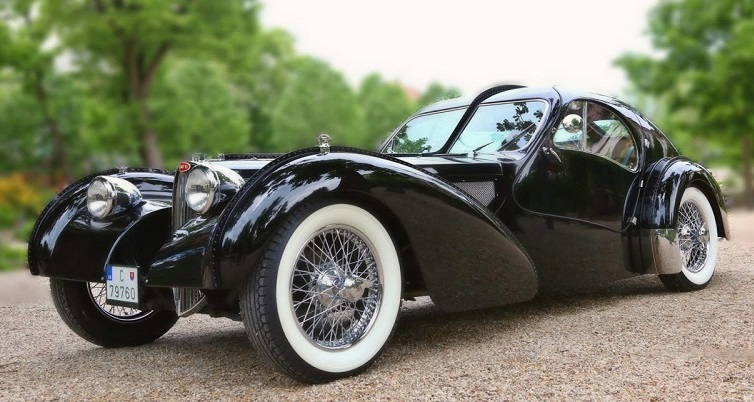As Longtime Readers will know, one of my favorite — perhaps my absolute favorite — sports car of all time is the (Ferrari) Dino 246 GT from the 1969-1975 period. I’ve written before about the rights and wrongs of the thing, but all that aside, I am in love with the Dino simply because it is so drop-dead beautiful to look at.
Which is probably why Fiend Reader Darrell M. (who should know better) sent me a video of a Jay Leno’s Garage episode which featured a modified Dino — modified not with a Porsche Cayman engine (as I’d thought about), but a Ferrari F40 V8.
Oh be still, my beating heart. Go away and watch the video now, and when you come back, there’ll be some Dino eye-candy from my personal collection of pics filched from all over Teh Intarwebz. (My only quibble with David Lee’s Dino is the color. Black is beautiful, but not as beautiful as some of the others…)








